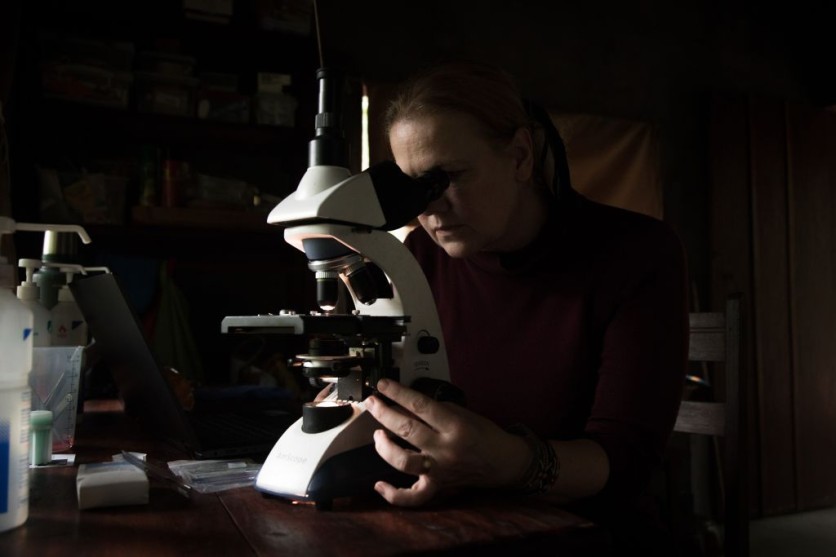The most infectious parasite may be swimming in your body and you don't know about it. Researchers have discovered the Toxoplasma gondii, a microscopic creature that could infect up to 50 percent of people. The parasite is easily transmittable and once infected, it may be carried for life.

Its high infectious rate is what makes a lot of scientists believe it's the most infectious parasite in the world. Studies estimate that around 30 to 50 percent of people in the world are infected with Toxoplasma, and there seems to be an increase throughout Australia.
A community-based study in Western Australia found that 66 percent of people were infected with the parasite.
The Spread of Toxoplasma
Similar to other parasites, they can be found in everything. However, Toxoplasma is most often found in cats, which is why cats are the biggest cause of the parasite's spread. Cats catch the parasite from infected prey that they eat, such as small rodents.
Once they eat the infected prey, the parasites are passed through their feces. Unfortunately, this parasite can survive for long periods in the environment; hence, it can spread when other animals eat the feces. From there, the parasites will lodge into the livestock's muscles.
Since the parasite lodge in the muscles, they can survive in the animals even after humans slaughter them for meat, and this is how people get infected. Furthermore, when a pregnant woman gets infected for the first time, she can pass the infection on to the unborn child.
The Symptoms of Toxoplasmosis Infection
People with weak immunity usually have a higher rate of contracting the infection. Some symptoms may include:
- Headaches
- Body ache
- Fever
- Confusion
- Fatigue
Currently, there is no cure for toxoplasmosis and treatment is done through symptom management.
Toxoplasma and The Eye
The retina is the multi-layered nerve tissue that lines the eye and generates vision. When infected with toxoplasma, it can cause recurring attacks of retinal inflammation and permanent retinal scarring, and this is called ocular toxoplasmosis. According to research, this condition usually affects healthy adults. On the other hand, people with weakened immune systems, pregnant people, and older adults, when infected, may be severe.
When there's active inflammation, this will cause blurred vision and floaters and when the inflammation progresses to scarring, there is a possibility of a permanent loss of vision.
How is It Diagnosed
Toxoplasmosis is diagnosed through blood tests, while pregnant women and individuals at risk can do an ultrasound and MRI.
How to Stop the Spread
Many supermarkets may be breeding grounds for Toxoplasma, and one way to stop the spread is to cook meat to an internal temperature of 66 degrees Celsius or freezing it ahead. Fresh fruits and vegetables should be washed before eating.
Furthermore, the World Health Organization and other international and national health bodies are promoting One Health for diseases that cross humans, animals, and their environments.
This article is owned by Tech Times
Written by April Fowell
ⓒ 2026 TECHTIMES.com All rights reserved. Do not reproduce without permission.




